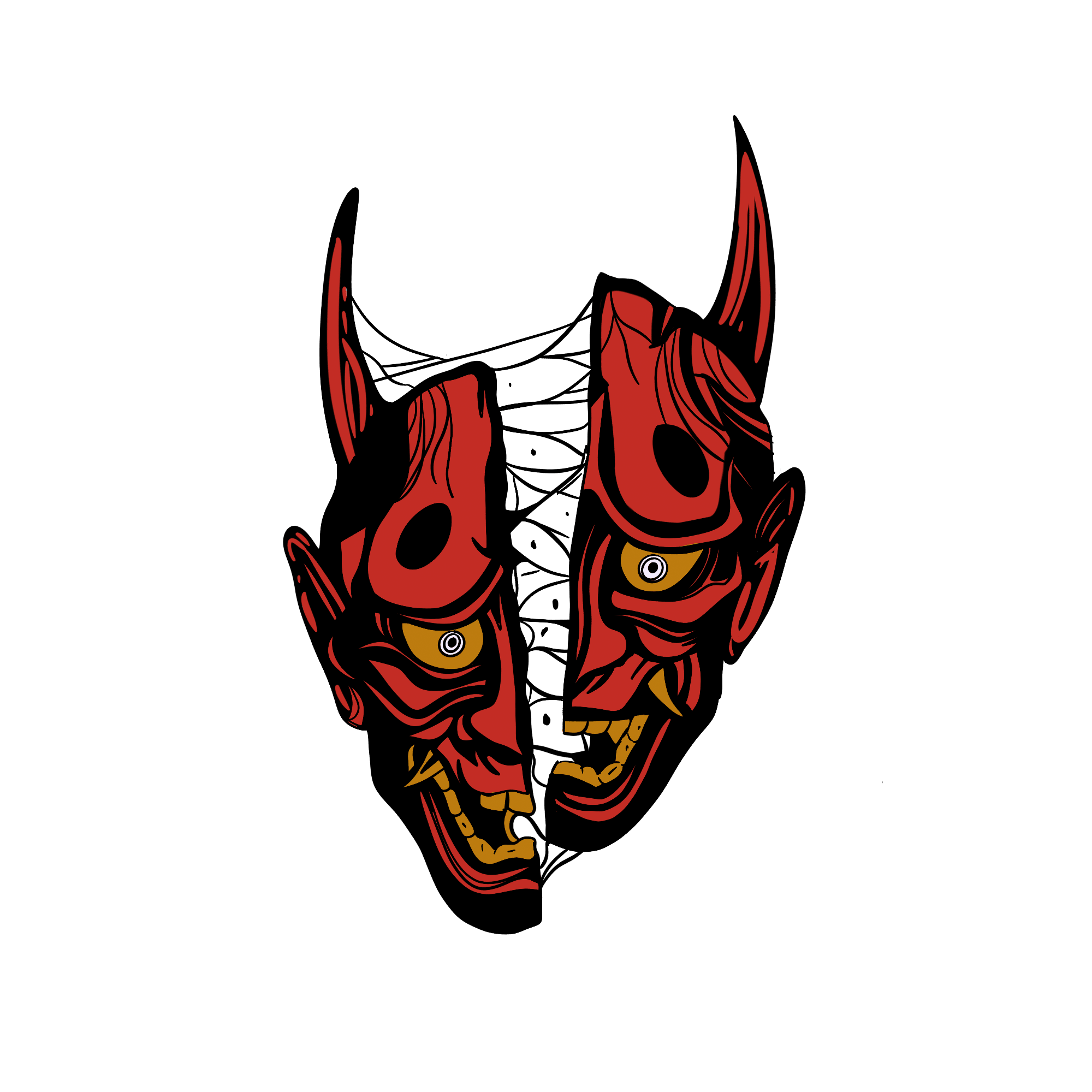Aerial Demons Malevolent Entities


In the annals of medieval theology, the concept of demons has always played a central role. These malevolent beings, often associated with evil and temptation, were thought to inhabit various realms, including the terrestrial and the infernal. However, it is in the ethereal realm, the domain of the aerial demons, that we find some of the most intriguing and enigmatic beings in the rich tapestry of medieval demonology.
Before delving into the specifics of aerial demons, it is essential to understand the broader context of medieval demonology. Theologians and scholars during the Middle Ages believed in the existence of angels and demons as intermediaries between God and humanity. Demons, in particular, were thought to be fallen angels who had rebelled against God and were cast out of Heaven.
These malevolent entities were considered responsible for various evils in the world, from physical afflictions to spiritual temptations. Medieval theologians classified demons into different orders, each with distinct roles and powers. Among these, the aerial demons held a unique place, dwelling in the ethereal regions of the cosmos.
Medieval theologians believed that the cosmos consisted of several concentric spheres or heavens, each with its own celestial inhabitants. The lowest of these spheres was the Moon, which was thought to be the realm of the aerial demons. These beings were considered to be highly intelligent and capable of great deception.
Aerial demons were often associated with the manipulation of natural phenomena. They were believed to influence the weather, cause storms, and even interfere with celestial bodies. In the medieval worldview, these actions were seen as attempts to disrupt the harmony and order established by God in the universe.
Characteristics:
1. Shape-Shifting: Aerial demons were thought to possess the ability to change their appearance, allowing them to deceive humans by taking on various forms. This shape-shifting ability made them particularly dangerous, as they could appear as beautiful angels or other benign figures to lead people astray.
2. Tempters and Corruptors: Aerial demons were considered experts in the art of temptation. They were believed to tempt humans into sin, leading them away from the path of righteousness. Their primary goal was to corrupt the souls of individuals and draw them into darkness.
3. Masters of Illusion: These demons were believed to create elaborate illusions and mirages in the sky, further sowing confusion and fear among humans. These illusions could take the form of ominous signs, terrifying apparitions, or even entire armies.
4. Disrupters of Natural Order: Aerial demons were also associated with the disruption of natural processes, such as causing droughts, floods, and plagues. Their influence on the physical world was seen as a manifestation of their malevolent intentions.
Medieval theologians offered various explanations for the existence and activities of aerial demons. Some believed that these demons were allowed by God to test the faith and resolve of humanity. Others saw them as instruments of divine punishment for the sins of humanity.
Exorcism, the practice of expelling demons from possessed individuals, played a crucial role in dealing with aerial demons. Medieval clergy developed elaborate rituals and prayers to combat these ethereal entities. The process of exorcism was seen as a spiritual battle between the forces of good and evil, with the ultimate goal of freeing the afflicted individual from the demon's influence.
The concept of aerial demons in medieval theology offers a fascinating glimpse into the complex and multifaceted understanding of the supernatural during this period. These ethereal beings were believed to inhabit the skies, using their shape-shifting abilities and mastery of deception to lead humanity astray. While modern science and knowledge have replaced many medieval beliefs, the legacy of these aerial demons endures in our cultural imagination, reminding us of humanity's enduring fascination with the supernatural and the eternal struggle between good and evil.
Demons



